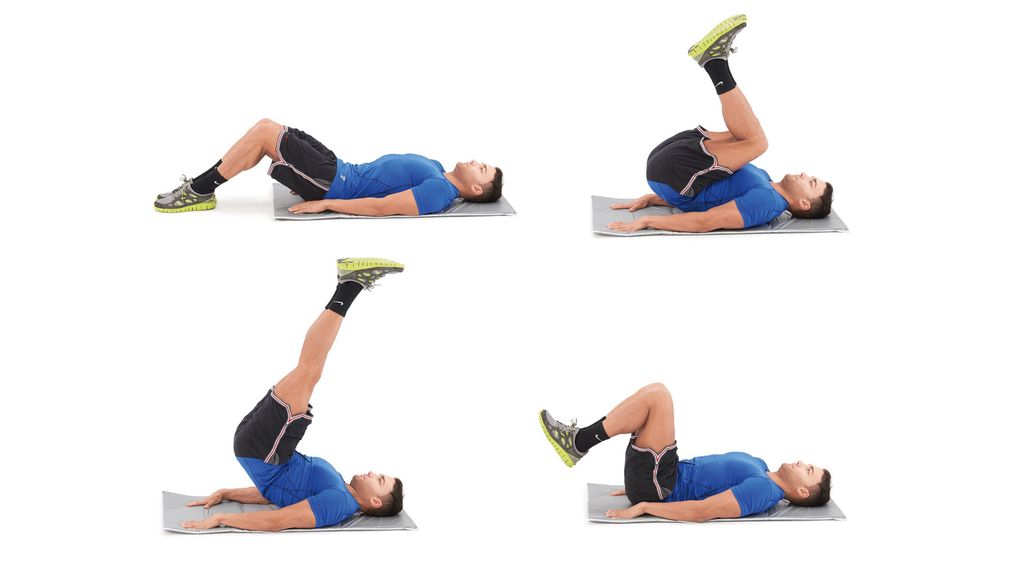
"In addition, this type of ab work can help with lower back pain by strengthening muscular imbalances. "The reverse crunch can help target and strengthen the lower portion of the abs, which is notoriously hard to train," says Staub. With these, you're creating a smaller angle (instead of a larger one) between the bottom and the top of the move. You can also try a reverse crunch, aka one where your feet are off of the ground and knees are bent to 90 degrees. Going beyond 180 isn't the only way you can use angle play to target different muscles in your core routine. Plus, since these inverse crunches take away that blink-and-you'll-miss-it rest between reps that you get when your back hits the floor during regular crunches, you can't cheat-your core has to be engaged the entire time. Since you're starting with your back extended below your hips, you'll have to move your upper body farther than usual to get to the top of the move, and this helps stabilize the hips and lower back, says Solidcore's Nat Straub. Everyone wants sexy ab muscles to show off at the beach and now that it’s summer, there’s no better time to incorporate the reverse crunch in your ab routine. "Additionally, you will be turning on the muscles in your lower back, which are an important component of your core and are often a more difficult group of muscles to work correctly." The reverse crunch or any effective core movement contributes to the 6 pack look, and it builds stabilizer muscles.

Brace your core and raise your hips and knees toward your head, making sure to keep tension on the foam roller the entire time. Place a medicine ball over your head and grip the sides for support. "When you perform a crunch from an over-extended position you may be able to tap into your innermost abdominal muscles," says Obé Fitness trainer Tiffani Robbins. Instructions Lie on the floor with your knees bent to 90 degrees and squeeze a foam roller under them.
#Reverse crunch target muscles pro#
(If you're a real pro you can quite literally go upside down, by using a boxing bag or some such to get into position.) But when you take away the back support-by positioning yourself on a raised surface or platform, for instance-and allow your upper body to get below your lower body, you're able to get even deeper into the muscles in your core. Reverse crunches target your abdominal and hip flexor muscles.

Regular crunches-aka the kind you do with your back and feet on the floor-work your rectus abdominis (your "six-pack muscle"), internal and external obliques, hip flexors, and quadriceps. Case in point: Extending your ab workout beyond the usual 180 degrees has some major body benefits. Lie down with both feet planted on the floor, or put one ankle up on your knee to create a figure-four shape. If you've spent most of your adult life lamenting that high school math would never have any real life applications (see you literally never, calculus), we've finally found a place to put all that info you learned about angles in geometry to good use: Your core routine.īy tweaking the angles of your body when you're doing crunches and sit-ups, you're able to totally change the muscles that the moves are working. Cross-Body Crunch Curry suggests cross-body crunches to train your obliques.


 0 kommentar(er)
0 kommentar(er)
